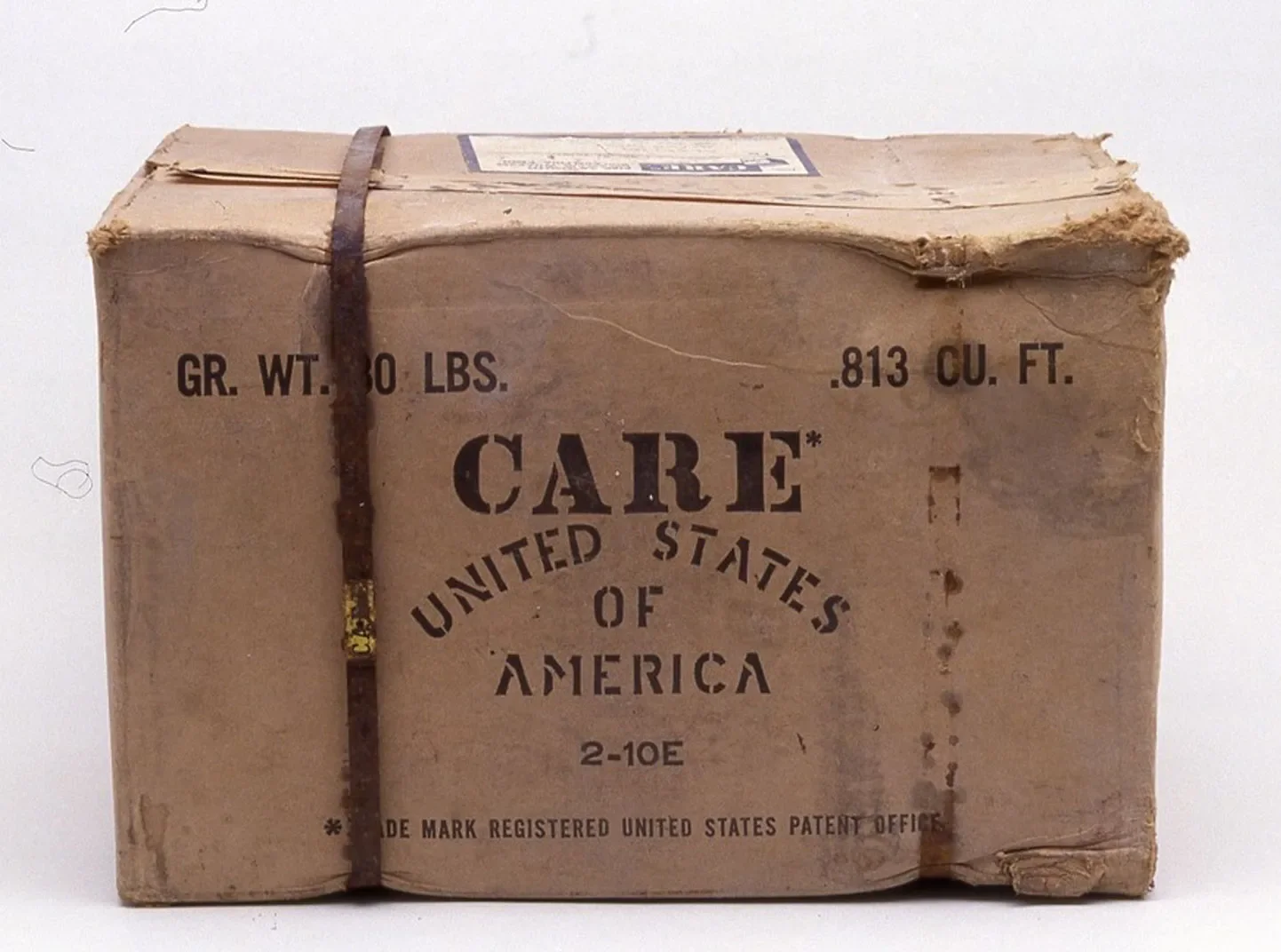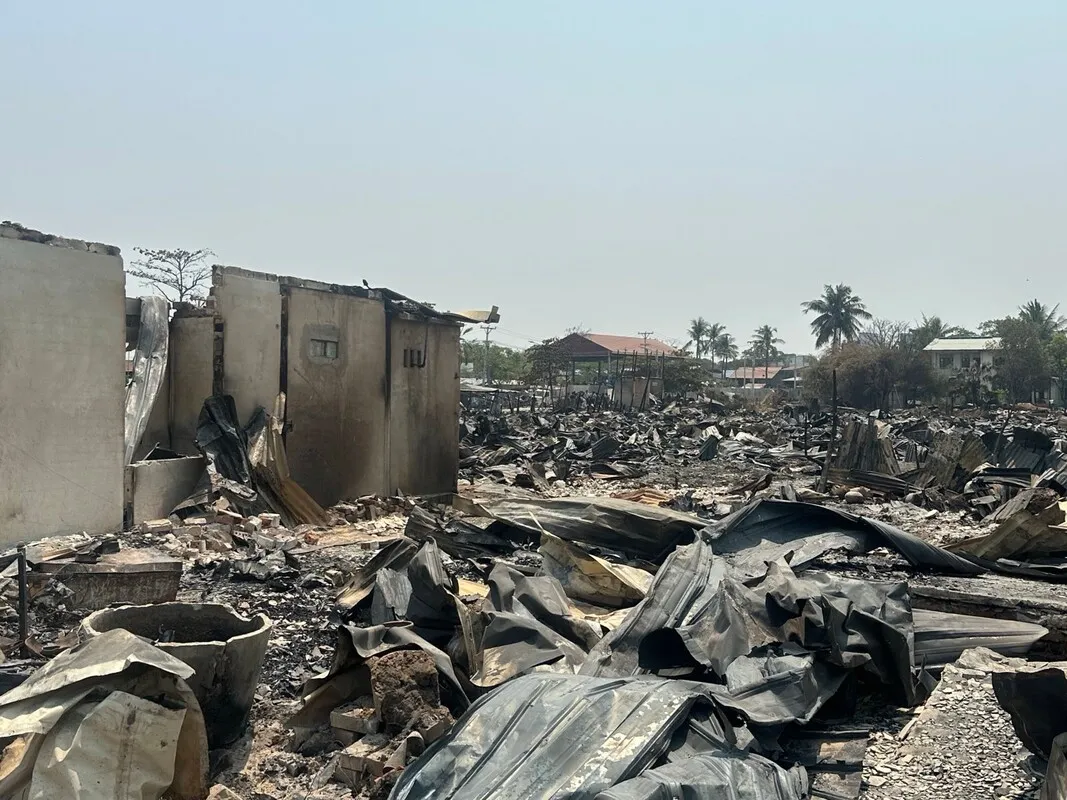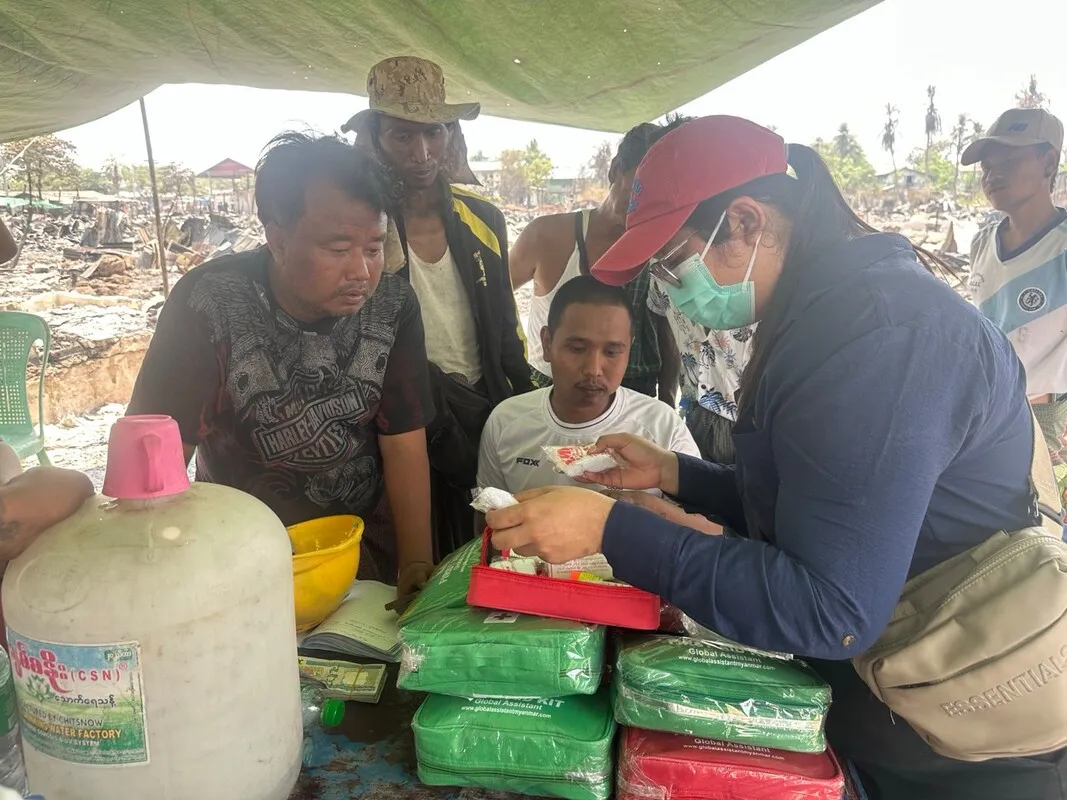The death toll from Friday’s catastrophic earthquake has only continued to grow over the past week.
In a brief address on Thursday, April 3rd, a spokesperson for the State Administrative Council reported that more than 3,000 people have died, over 4,750 are injured, and hundreds are still missing. Officials expect these numbers to rise.
Homes, schools, hospitals, and bridges have collapsed, trapping thousands of people beneath rubble. Key roads and bridges lie in ruins, making transportation, at times, impossible. Disruptions to phone, internet, water, sewage, and electricity services are making relief efforts even more challenging.
Despite these obstacles, CARE Myanmar and its partners were among the first on the ground.
“The devastating impact of Friday’s earthquake is becoming clearer by the hour,” says CARE Myanmar country director Arif Noor.
“Rescue teams are still recovering those trapped under the rubble and hospitals are completely overwhelmed. CARE has already distributed emergency health kits to the most impacted communities, but the need is staggering. Shelters, medicine, and clean water are all critically needed.”



